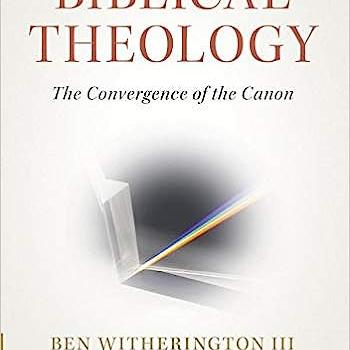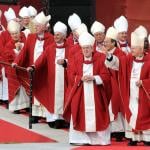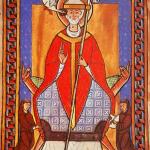BEN: The image of God concept is a critical one to understanding so many things in the Bible, especially in regard to both the nature and the status of human beings (and angels). While I agree with you that the image concept does convey something about the status of its recipients, I think it also tells us something about their nature. The connection between theology and ethics in the Bible (see my The Indelible Image) is this image concept— ‘be ye holy, as I am holy’ is only possible because we are in God’s image, and in due course can be reconstituted in the image of his Son, Jesus, ultimately by resurrection. Being in God’s image gives one the capacity to image forth the moral character God— angels doing so in the spiritual realm, we do in the material realm. I take Sandy Richter’s point that tselem can mean image or idol seriously, which means we are God’s ‘idol’ on earth (not to be confused with American Idol J), his image, which is one reason why it’s idolatrous to worship anything else— animals, nature, or fellow image bearers etc. And yes, you are surely right that not only are image bearers created with the capacity to freely relate to and worship God, but also with the capacity to do the opposite— to attempt autonomy. So, I have no problem with your understanding that the ‘serpent’ is guilt of presumption, and attempted autonomy from God and his will. But are you saying the snake/cherubim/guardian in the garden was not fallen prior to his tempting Eve—in other words his sin happens almost simultaneously with the original human sin, or just before? I agree that Rev. 12 is not about a primordial fall of Satan before creation. (N.B. Bill Arnold’s Genesis commentary has an interesting note about the pun involved in nahas).
MICHAEL: Taking the image as an idol is basically my view – representation. But an idol was not an ontological being; it was the “home” or place of attachment to an ontological being (a spiritual being), and so that model can’t say anything about ontology. The ontological side of what I’m saying comes with the communicable attributes. Imaging refers to status. To perform in that status, God shares his attributes with humans. Saying it that way allows the imaging idea to not be overturned by “human ontological features” present in the animal world, ET (if there is one), or AI (if it gets to that point). Those are all important items that a purely ontological view of the image cannot abide without collapsing. And that doesn’t even get into the ethical problems with an attribute-based view, which are deeply serious. So what all this means is that the view I put forth includes ontology but doesn’t put all the image eggs into that basket.

















